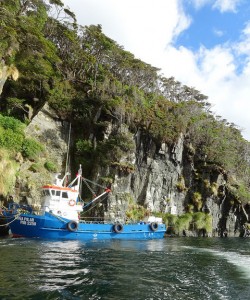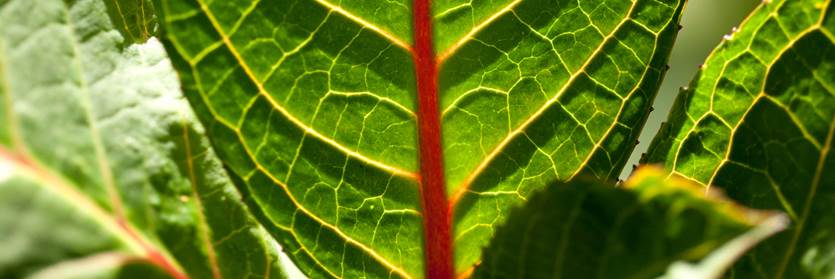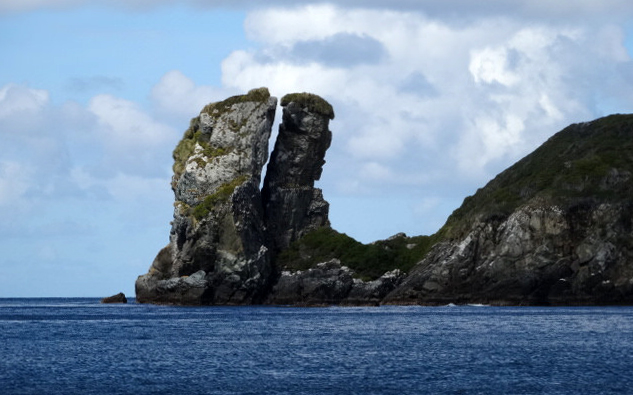From the Field: Bill Buck in Cape Horn 2014, Part 11
Posted in Travelogue on May 1, 2014 by Bill Buck
William R. Buck, Ph.D., is the Mary Flagler Cary Curator of Botany at The New York Botanical Garden. Every January for the last three years, Dr. Buck, a moss specialist, and a team of colleagues have journeyed to the Cape Horn region at the southern tip of South America to document the area’s rich diversity of mosses and search for new species.
January 23, 2014; Bahía Hately, Isla Wollaston, Chile (55°42’S, 67°23’W)

After leaving Fondeadero Hyde yesterday, we headed east to the next bay over, Fondeadero Kendall (55°45’S, 67°23’W). I had collected there some years prior, and so I headed to a different side of the bay with Barb Andreas, following a stream uphill to a series of lakes. We were searching for a submerged moss, Blindia inundata, attached to pebbles in the lake. In short order we found it and headed back to be picked up.
We needed to make our pick-up on time because Barb wanted to be dropped off at a site where I had collected several years ago. Just last year, she published a scientific description of one of my prior moss collections from this spot, naming it Blindia buckii. As she returned to the ship in the Zodiac later on, she gave me two thumbs up, and I knew she had been successful in locating it.
From there, we were told we had to travel four or five hours to reach our night anchorage on the north coast of Isla Wollaston. We arrived in about two and a half hours. As we traveled down the bay, the forests of southern beeches on the slopes of the mountains formed a reticulate pattern of dark green leaves among pale brown trunks. It was then that I noticed that the ship was headed straight for a solid rock cliff. Rock walls towered 50 feet above us on either side.

